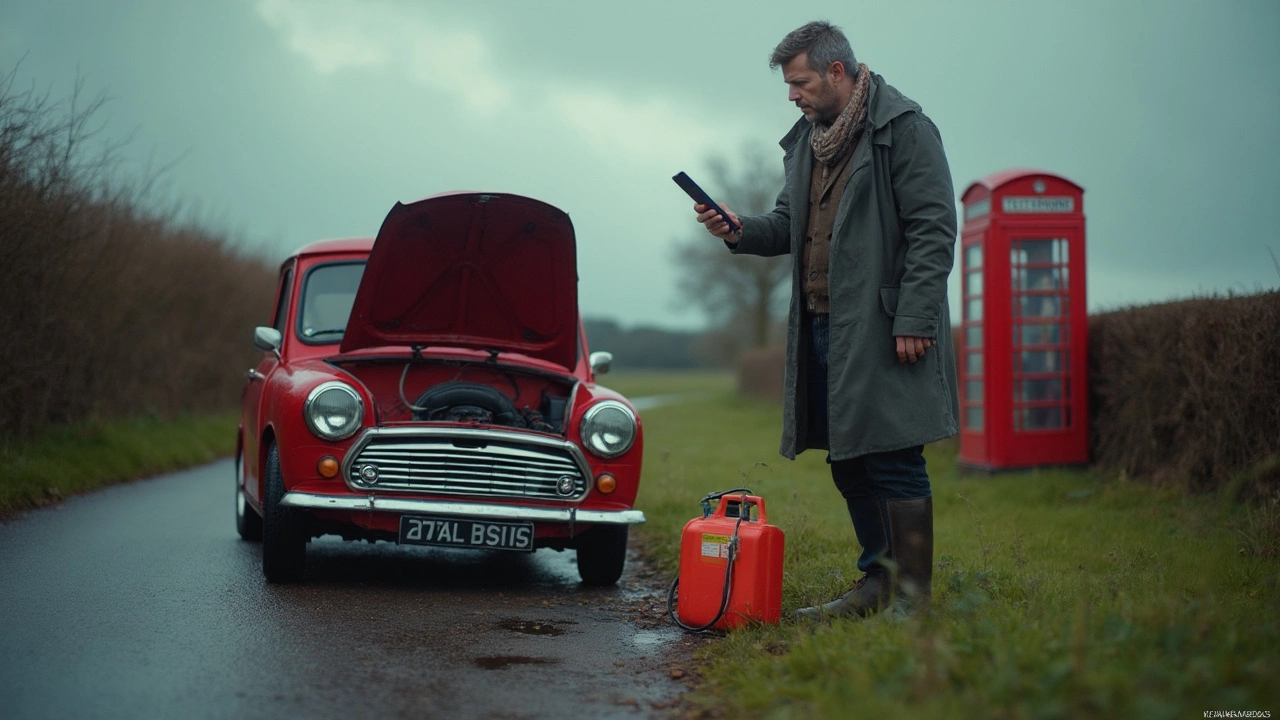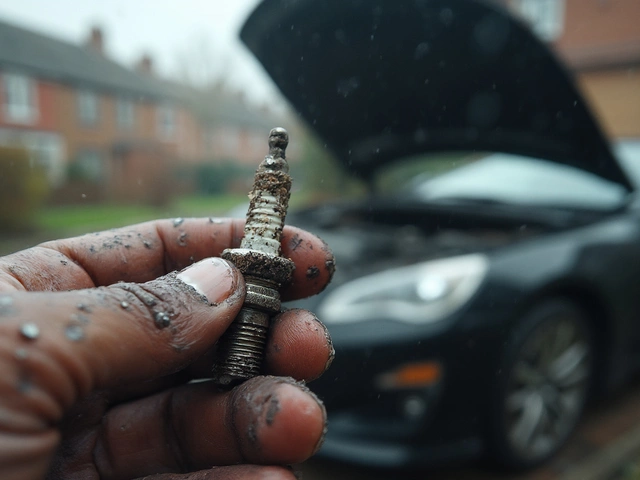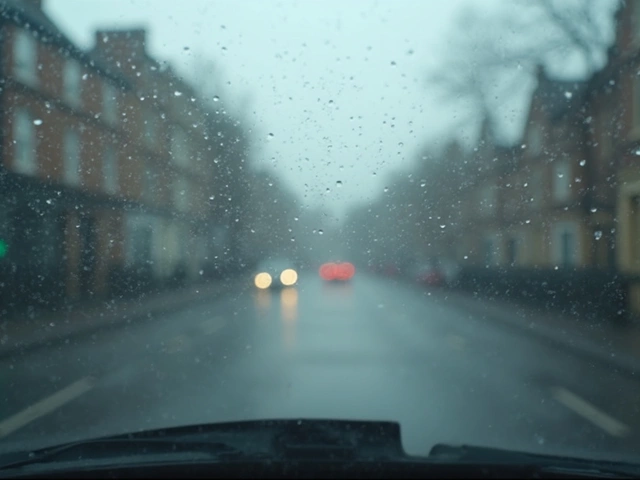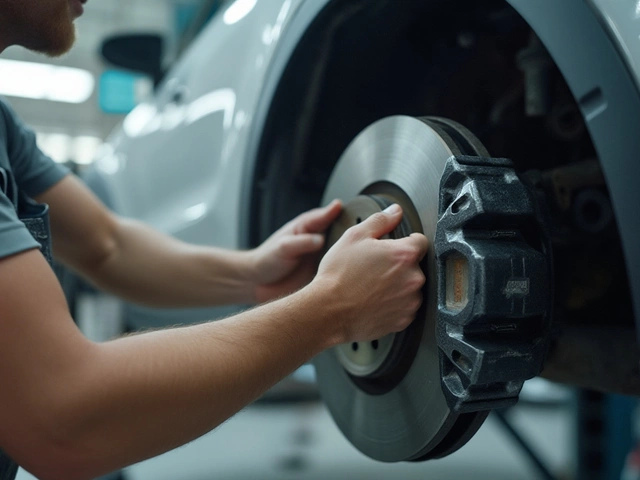Ever been stuck in a parking lot, turning the key over and over, hoping your car will magically roar to life? If you’ve ever heard someone say, “Just jump it!”—you’re not alone. But when it comes to a bad fuel pump, jump starting is not the lifesaver everyone thinks it is. A lot of people mix up a dead battery with a dead fuel pump, and they’re totally different problems.
The fuel pump is what sends gas from your tank up to the engine. No fuel, no go. Doesn’t matter how full your battery is or how new your spark plugs look—if your pump’s done, turning the key again and again just drains the battery and your patience.
- What Does a Fuel Pump Actually Do?
- Can You Really Jump Start a Bad Fuel Pump?
- Signs Your Fuel Pump Is Toast
- Workarounds and What to Do Next
What Does a Fuel Pump Actually Do?
If you picture your car’s engine as someone trying to run a marathon, then the fuel pump’s the buddy running alongside, handing out water every mile. The fuel pump is buried inside—or right next to—your gas tank. Its entire job is to push gas from the tank through the fuel lines to the engine, giving your car the juice it needs to run. No fuel pressure, no engine action. It really is that simple.
Most cars built in the last few decades run on an electric fuel pump. The second you turn your key or hit the start button, electricity wakes up the pump. It whirs into action, building just the right pressure and sending gas up front. Get this: On many cars, you’ll even hear a faint buzz or hum from the back when the pump’s working. Older cars (we’re talking classic rides and some trucks) might use a mechanical pump, run by the engine itself.
Here’s what a fuel pump really handles:
- Maintaining the right pressure so your engine gets enough fuel at all speeds and loads.
- Delivering fuel efficiently—even if you’re idling in traffic one second and gunning it onto the highway the next.
- Filtering out some gunk before gas gets to your engine (many pumps have built-in strainers right at the inlet).
If the pump fails or gets weak, your car can stall, struggle to start, or just crank forever and go nowhere. The heart of the system—the fuel pump—isn’t glamorous, but you’ll sure miss it when it stops working.
Can You Really Jump Start a Bad Fuel Pump?
This is the million-dollar question that gets thrown around in parking lots everywhere. Short answer? No, you can’t jump start a bad fuel pump the way you jump start a dead battery. They’re apples and oranges.
Jump starting gives an extra boost of electricity to a dead battery. But your fuel pump isn’t just sitting there waiting for more power. If it’s burned out, clogged up, or the wiring is gone, extra juice just won’t help. That said, there are rare cases: if your fuel pump is only struggling because of low voltage from a weak battery, a jump start might temporarily help. But once that’s ruled out, throwing a jump pack at the problem is basically wishful thinking.
To make things clearer, here’s how the odds stack up when dealing with a car that won’t start because of these common issues:
| Problem | Jump Start Works? |
|---|---|
| Dead Battery | Yes |
| Bad Fuel Pump (burned out) | No |
| Bad Fuel Pump Relay | Sometimes (rare) |
| Fuel Pump Weak from Low Battery | Maybe |
If you do ever get your car started with a jump and suspect the fuel pump is the issue, that’s usually just luck or a weak connection fixed by chance. Don’t rely on this as a fix—your car’s going to let you down again, probably at the worst time.
Here’s a quick checklist to help figure out if jump starting even has a slim shot:
- Were you having battery problems before?
- Did the dash lights flicker or go out?
- Is there cranking, but no engine sound at all?
- Did the car stall while driving, not just at startup?
If you said yes to the battery stuff, grab those jumper cables. If not, skip it and move on—you’re chasing the wrong ghost.
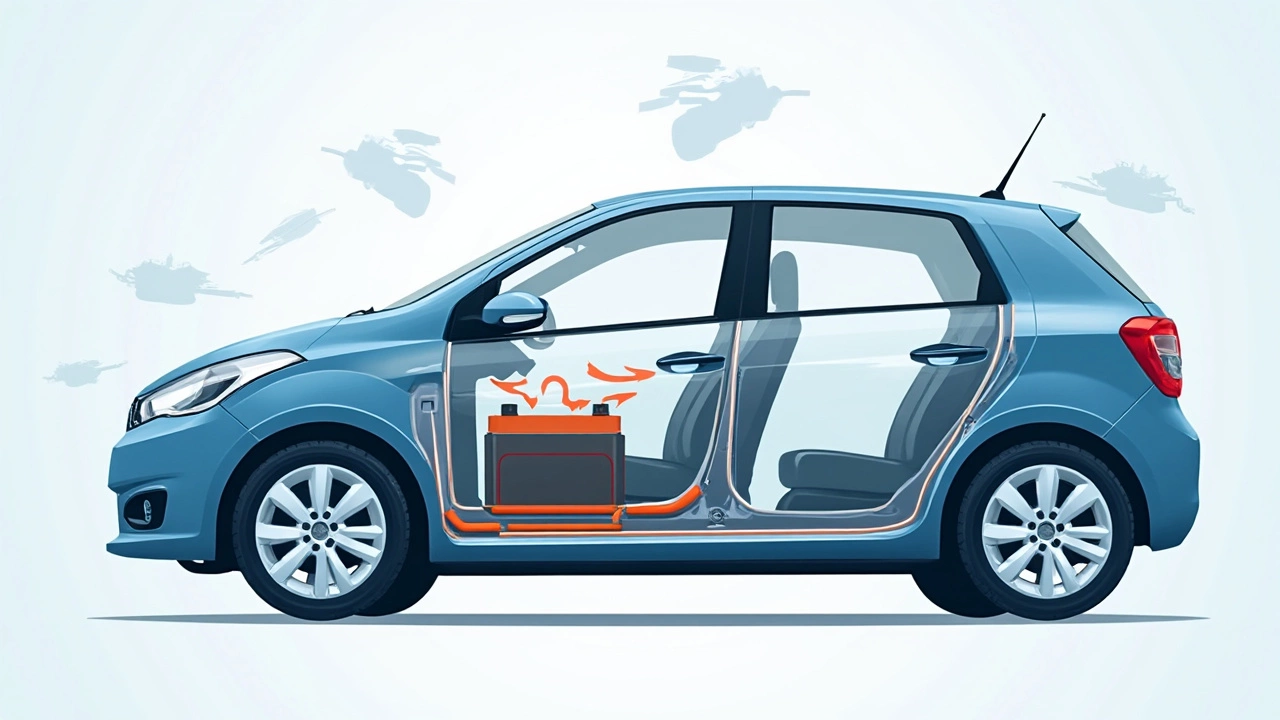
Signs Your Fuel Pump Is Toast
If your ride suddenly refuses to start, don’t just blame the battery—there are some clear clues that point right at the fuel pump as the main troublemaker.
First thing to watch for: your car might crank but never fire up. The engine sounds like it wants to go, but gas just isn’t getting there. If you’re also hearing weird whining or buzzing coming from the gas tank area when you turn the key, that’s a common early warning sign that the pump is struggling or running dry.
- Sudden Stalling: If your car dies out of nowhere while driving, especially at highway speeds, that usually isn’t a battery issue. Sudden stalling is a classic sign the fuel pump can’t keep up.
- Jerking or Surging: Intermittent shakes, jerks, or feeling like you’re suddenly getting a power boost, then nothing—these are telltale signs the fuel supply is acting up.
- Struggling on Hills: If your car loses power or sputters badly when going uphill or carrying a full load, the pump might not be delivering enough pressure.
- Consistent No-Start After Rest: A car that runs fine after sitting for a while, but then suddenly refuses to start after a short trip, could be dealing with heat-soaked electrical connections at the pump.
Here’s a breakdown of symptoms and how likely they are to be caused by a bad pump, based on real mechanic reports:
| Symptom | Chance It's Fuel Pump (%) |
|---|---|
| Cranks but won't start | 60% |
| Stalls while driving | 75% |
| Whining noise from tank | 80% |
| Jerking or surging | 65% |
| Starts, then dies | 70% |
Also, don’t ignore a drop in fuel efficiency. If you notice you’re visiting the pump more often without driving any extra, the fuel pump could be failing and pushing fuel inconsistently.
If a few of these signs pop up together, it’s time to look beyond the battery or starter and check out the pump. No need to guess—most mechanics will hook up a pressure gauge to test if the pump’s pushing enough fuel. That shortcut can save you hours of frustration with random part swapping.
Workarounds and What to Do Next
So, your car won’t start and you’re pretty sure the fuel pump is the problem. Jump starting isn’t the solution here, but there are a few things you can try—just don’t expect miracles. Sometimes, a failing pump may have an “almost dead” moment where it still limps along, but if it's completely shot, no trick will bring it back.
- Tap the Fuel Tank: People sometimes bang on the gas tank with a rubber mallet or even a shoe. Why? Sometimes the vibrations shake a stuck pump into working—at least for a few minutes. But this is super temporary, and you’ll probably get stranded again soon.
- Check the Fuel Pump Relay and Fuse: Locate your relay and fuse box (your owner’s manual will help). A blown fuse or a bad relay can mimic a dead pump. Swapping a relay with a similar one or replacing a fuse is an easy, quick check before panicking.
- Listen for the Pump: When you turn the key to “ON” (before starting), a working pump usually hums for a couple seconds. No sound? Pump could be dead or not getting power—worth checking the wiring if you feel handy.
- Fuel Filter: Sometimes, what feels like a dead pump is just a clogged fuel filter keeping fuel from reaching the engine. If your filter hasn’t been changed in years, it’s a cheap thing to try—just know that a totally dead pump is still game over.
But let’s get real: If your fuel pump has truly failed, these tricks might buy you a short trip to the shop but won’t fix the root problem. Replacing a fuel pump is the only permanent solution. Here’s a quick breakdown of costs, so you know what you’re dealing with:
| Option | DIY Cost (parts only) | Shop Cost (parts + labor) |
|---|---|---|
| Fuel Pump Replacement | $50–$250 | $350–$800 |
| New Relay or Fuse | $5–$25 | $50–$120 |
| Fuel Filter Change | $10–$70 | $60–$180 |
If your budget's tight and you need to limp the car to a shop, towing is often the smartest move unless you know your workaround will get you there safely. If you’re on the fence about doing it yourself, remember that some pumps are inside the tank and need special tools, while others are really simple to swap out. Check your car’s service manual or good online forums first.
Bottom line: Don’t waste time thinking a jump start will help a dead fuel pump. Try the basics, maybe coax one last ride, but plan for a replacement. Cars are fun until they leave you stranded—so expect the worst and you’ll never be surprised.
